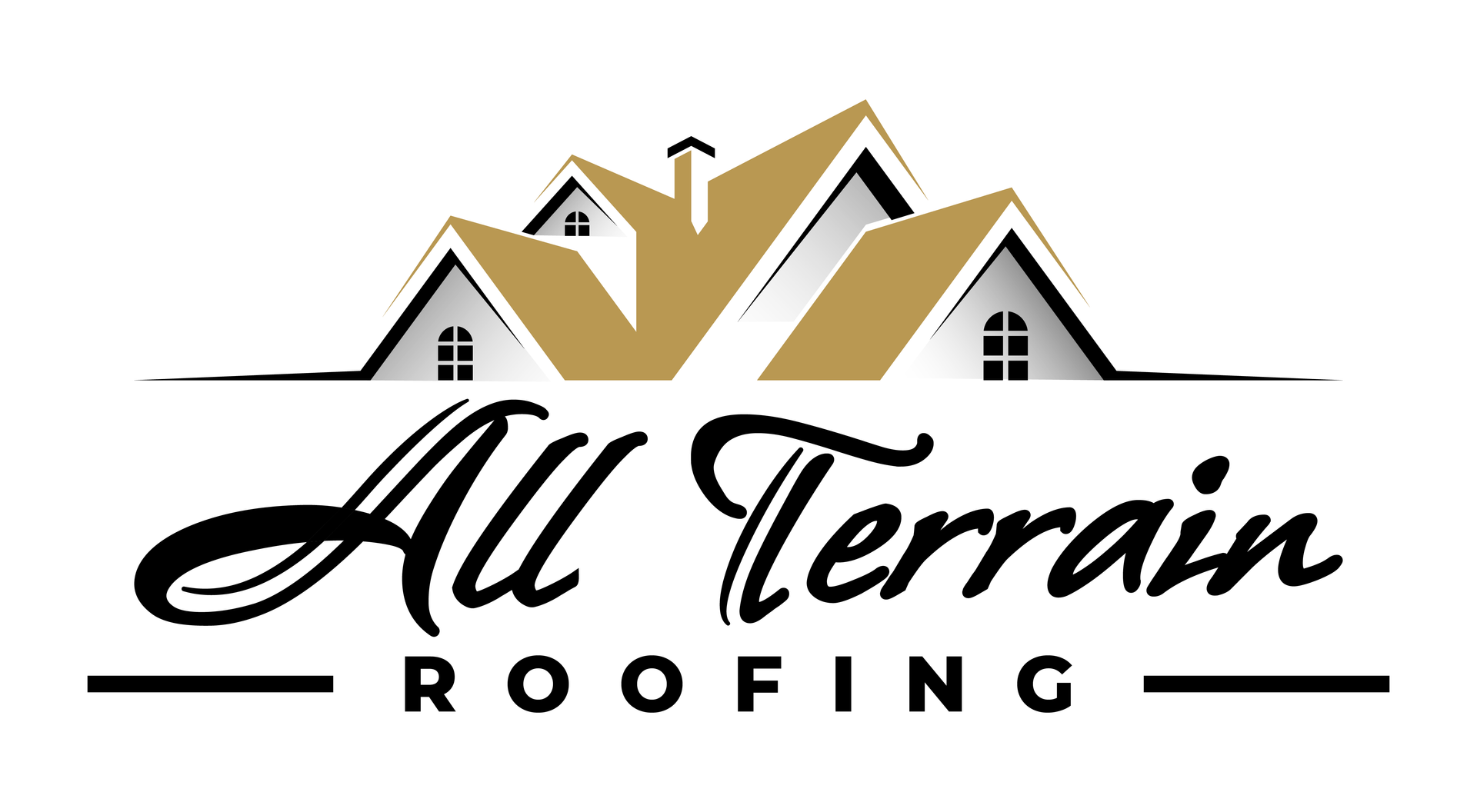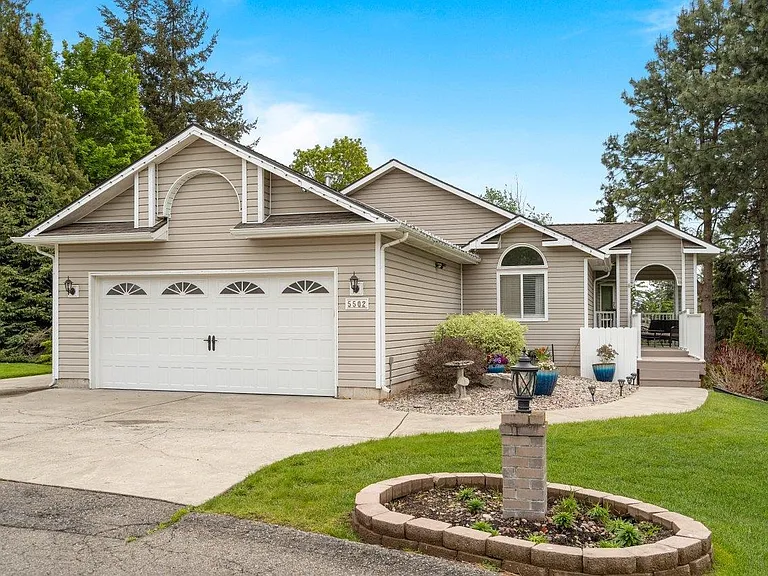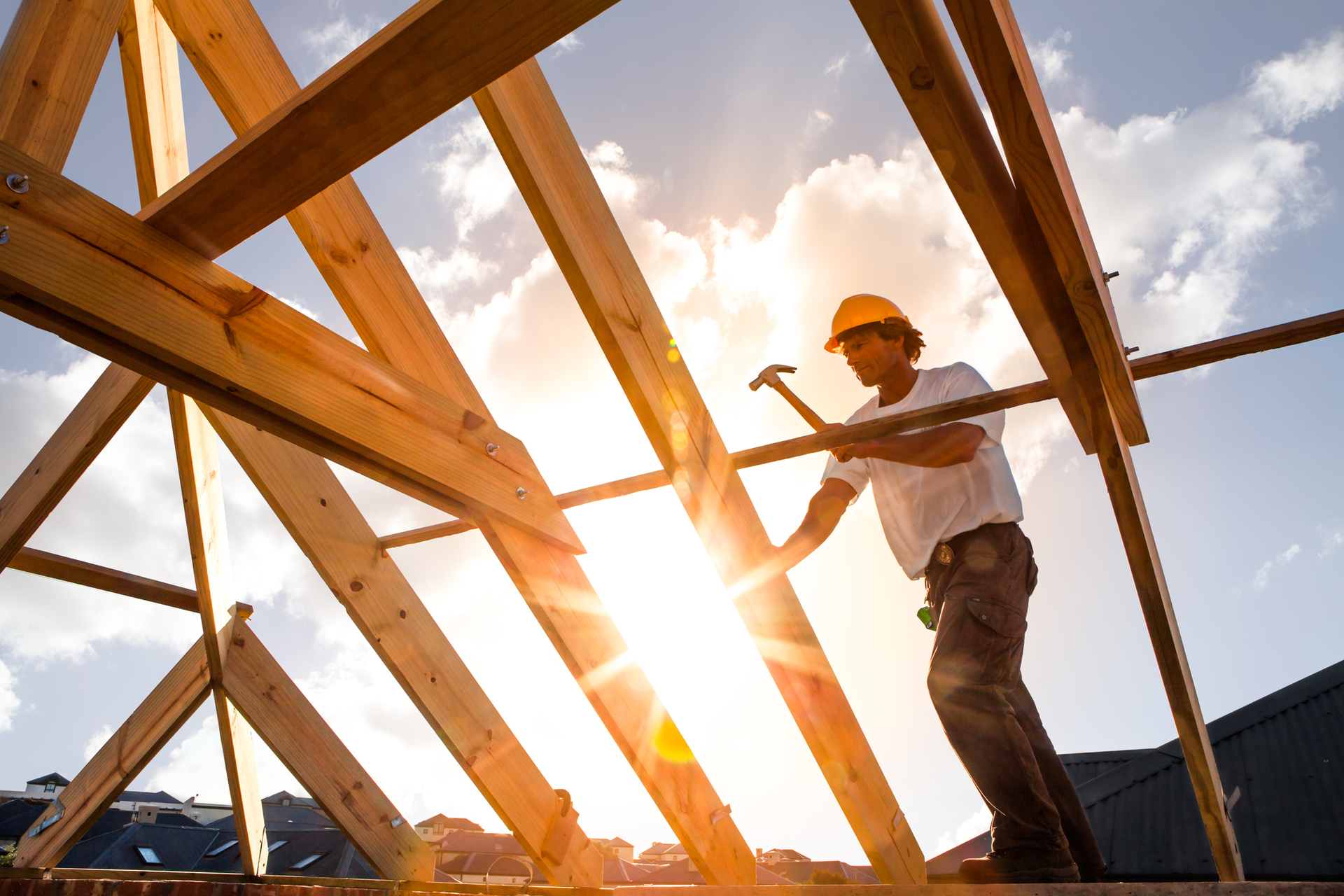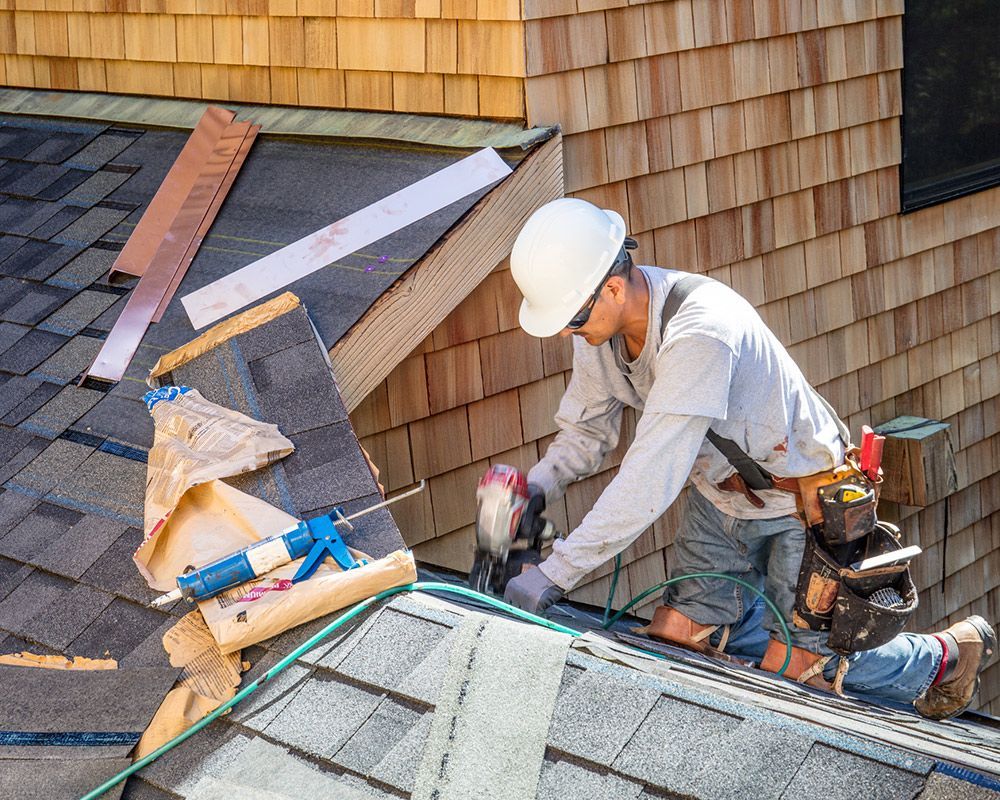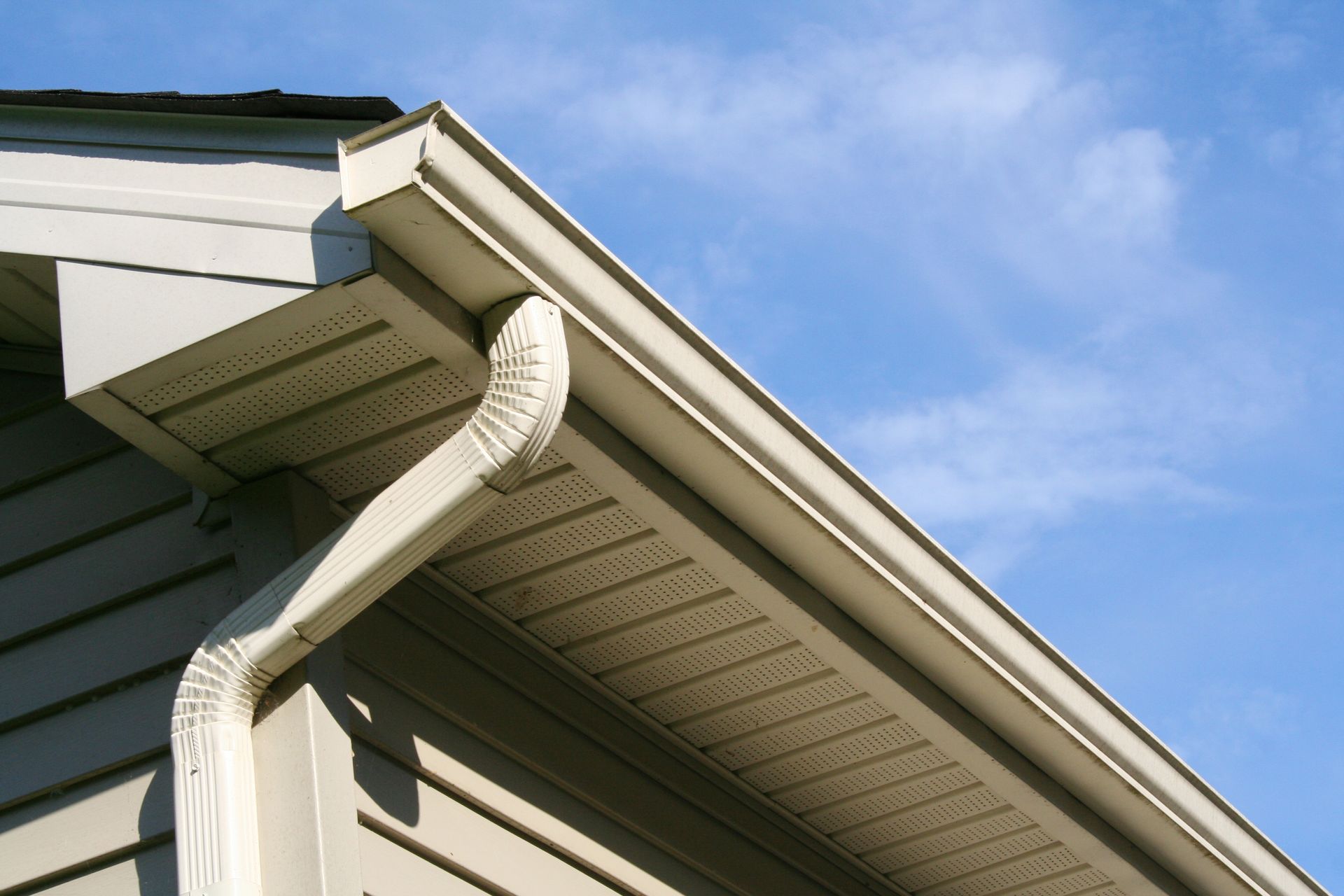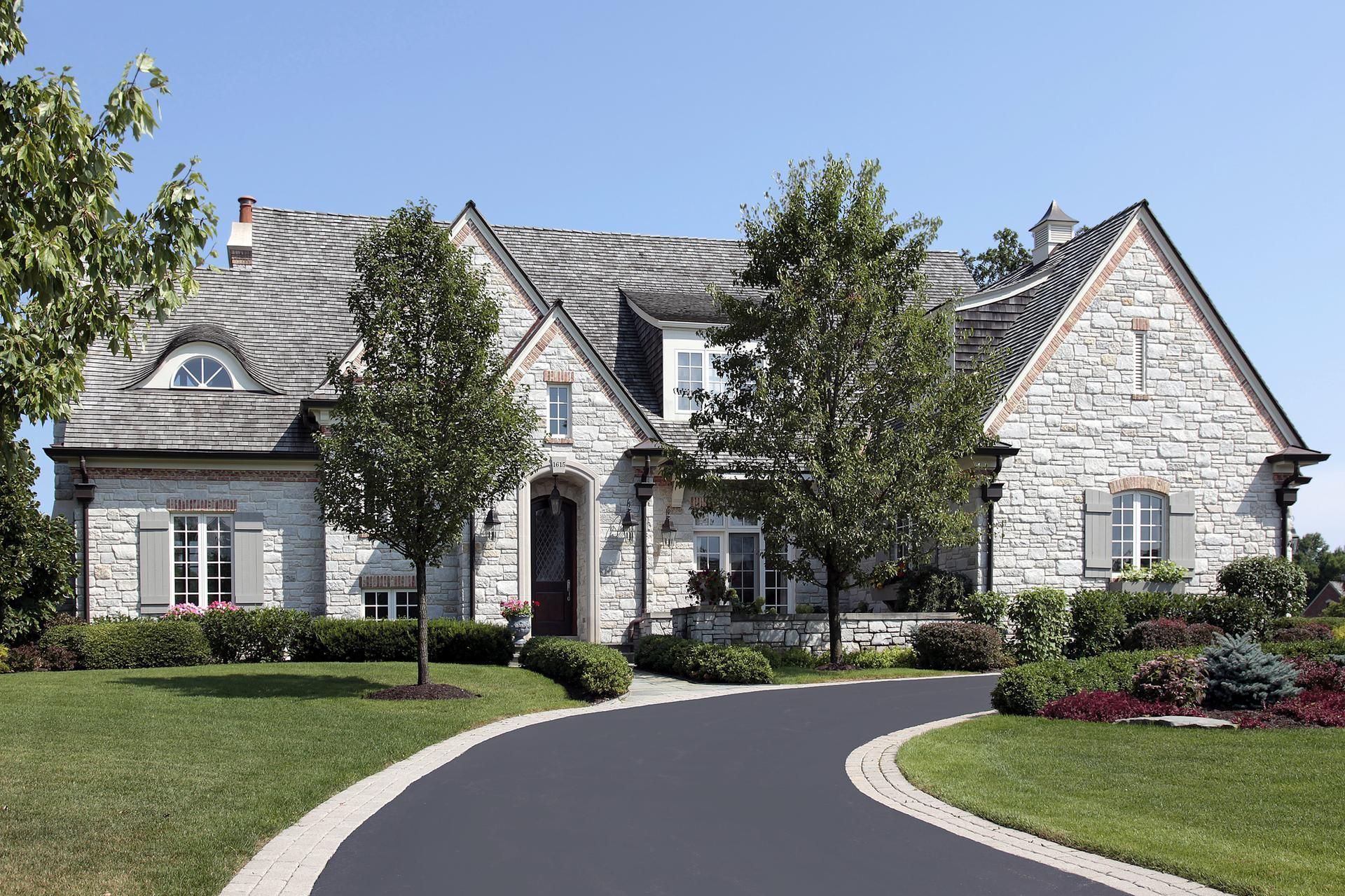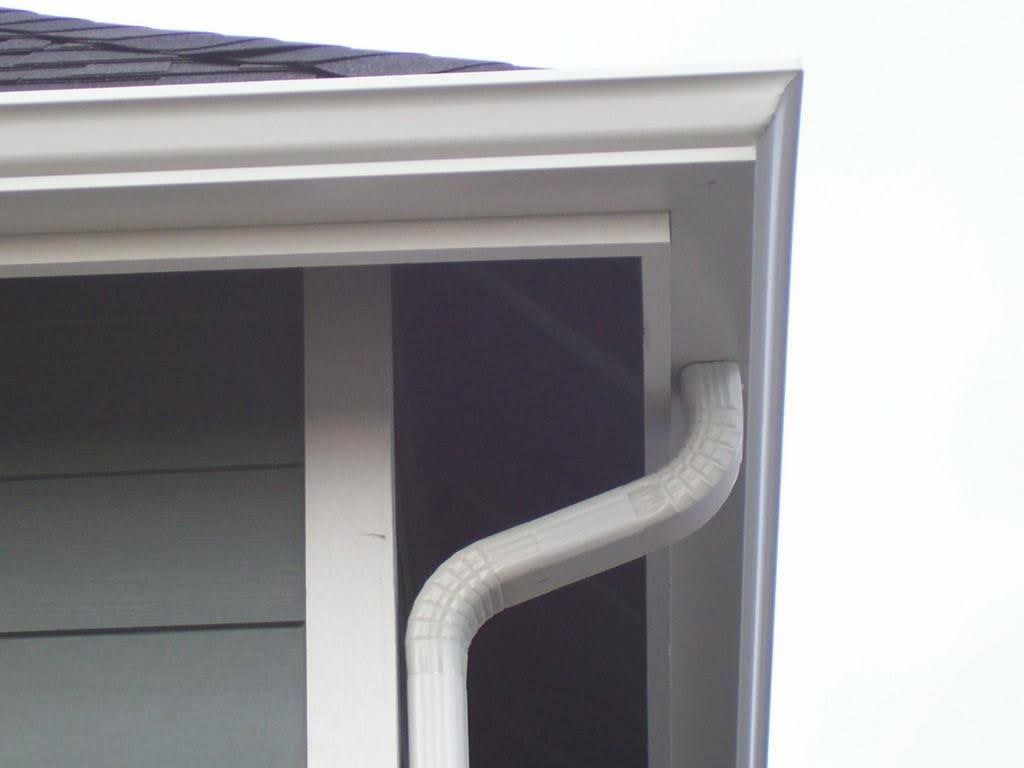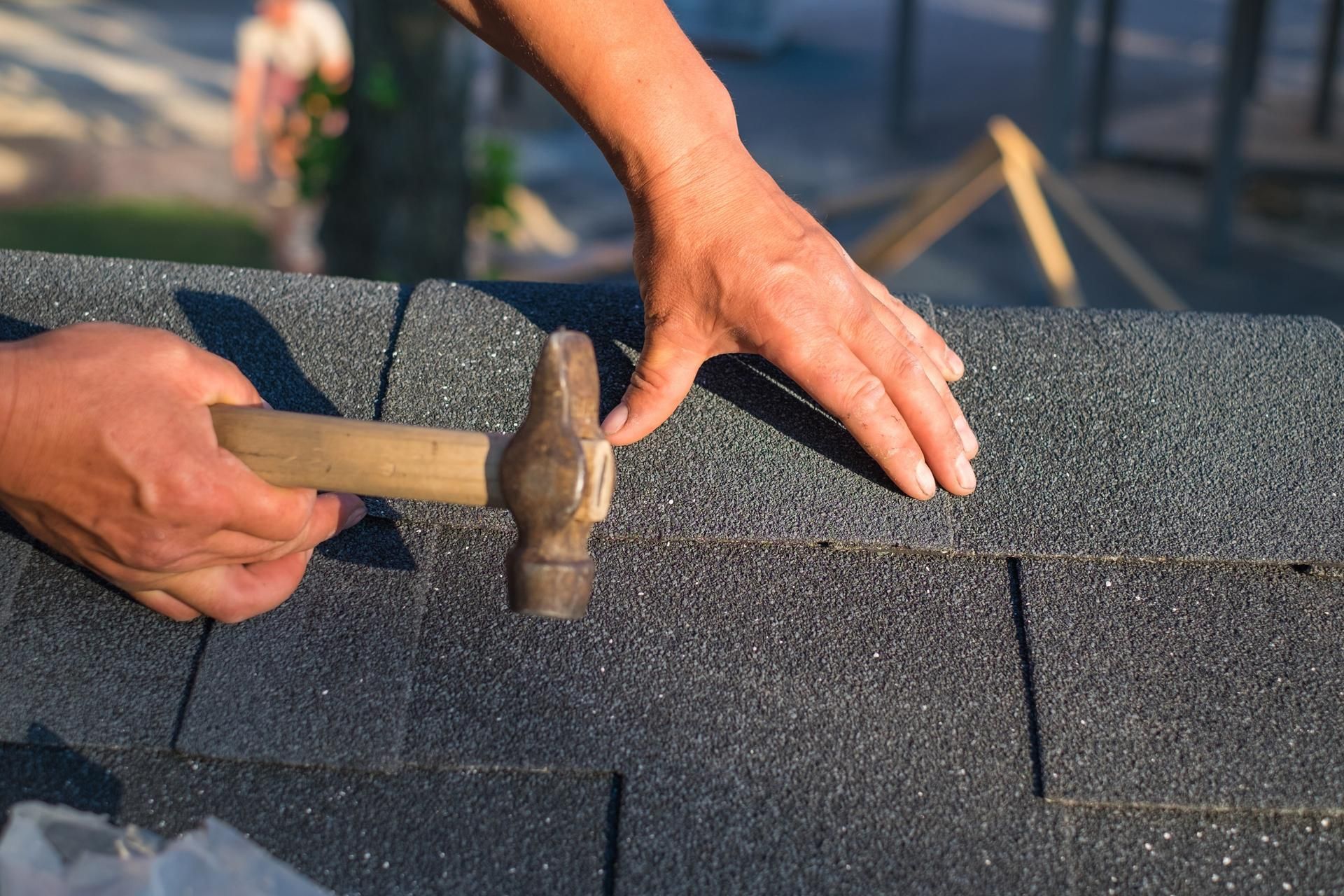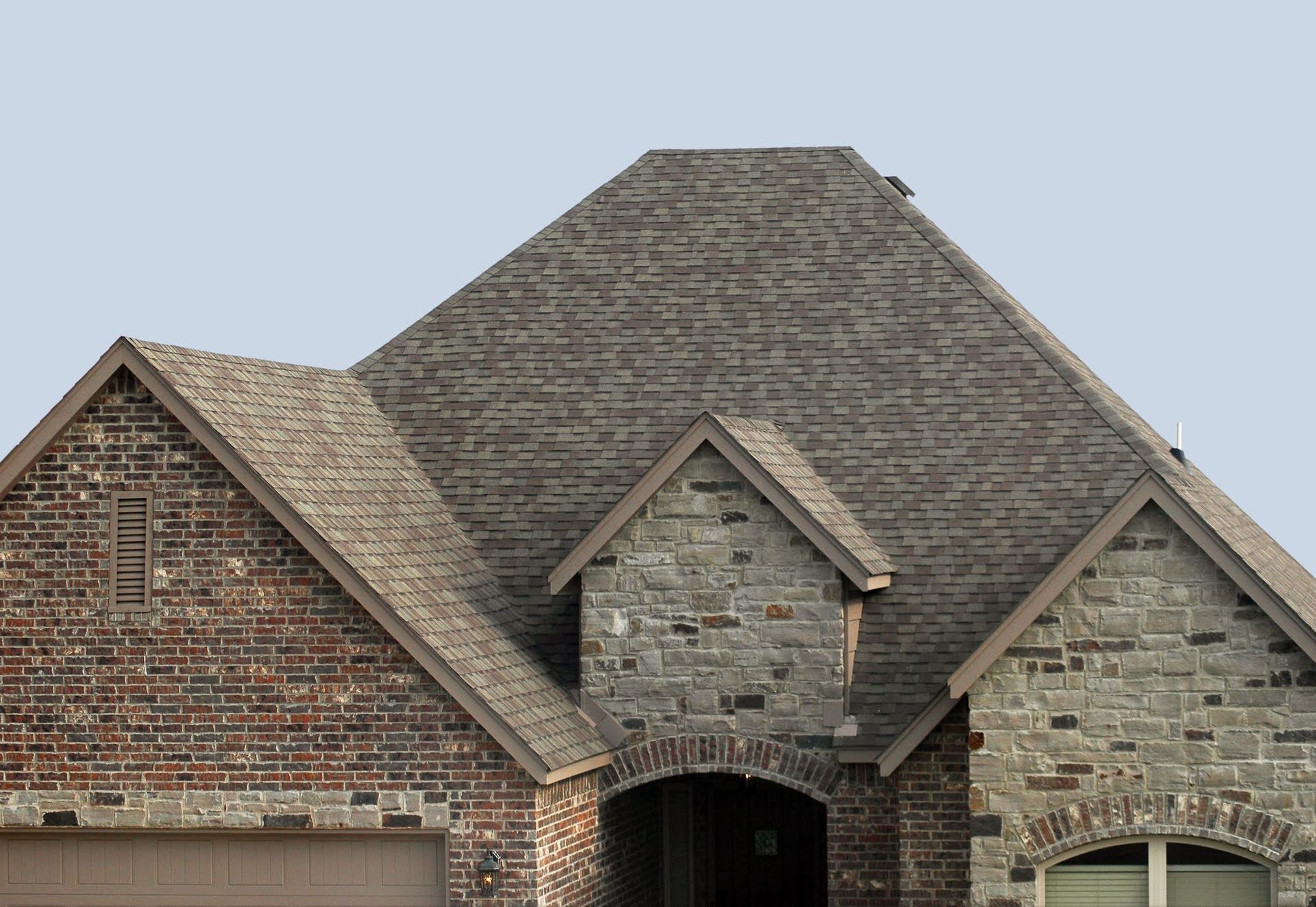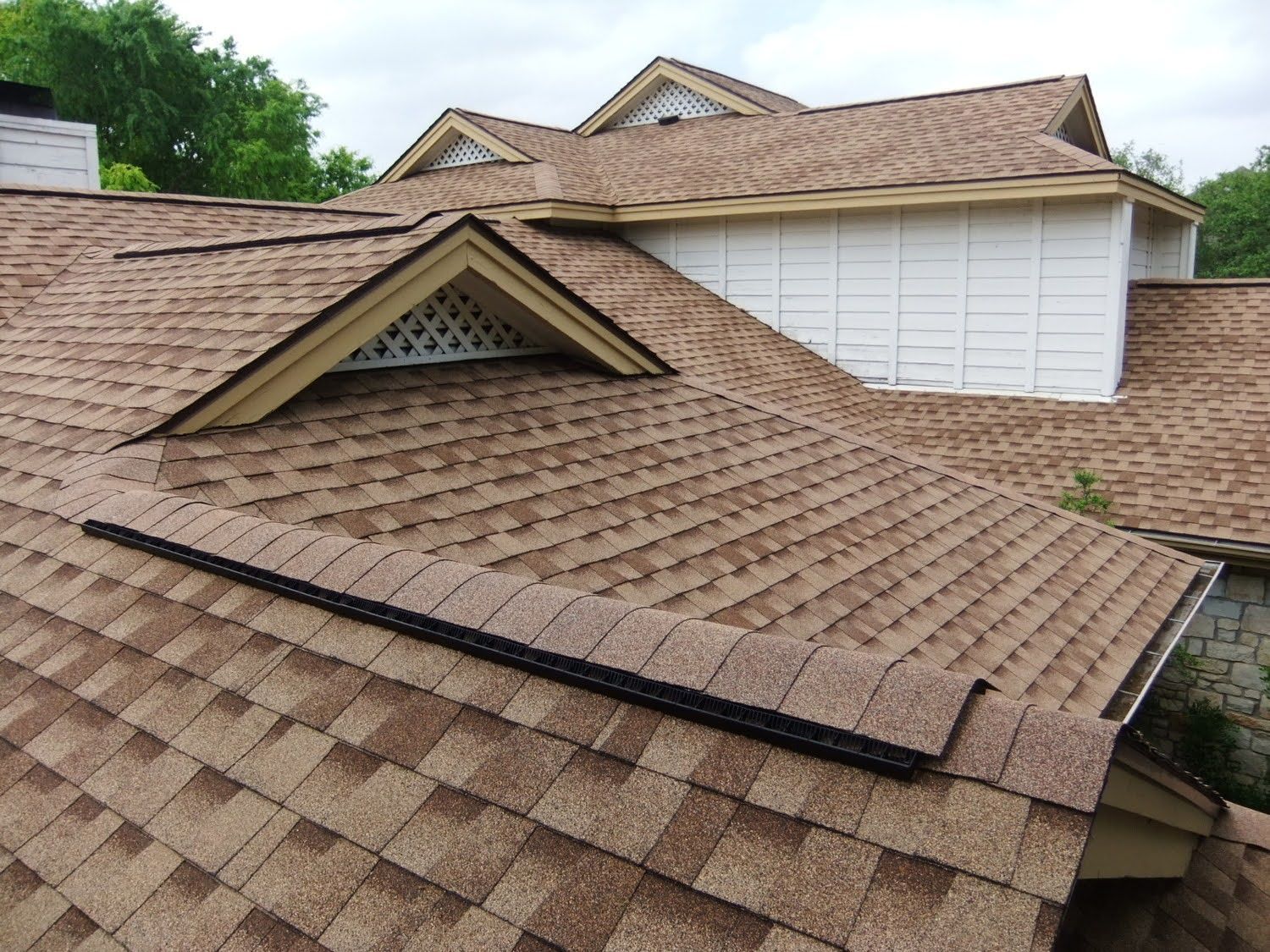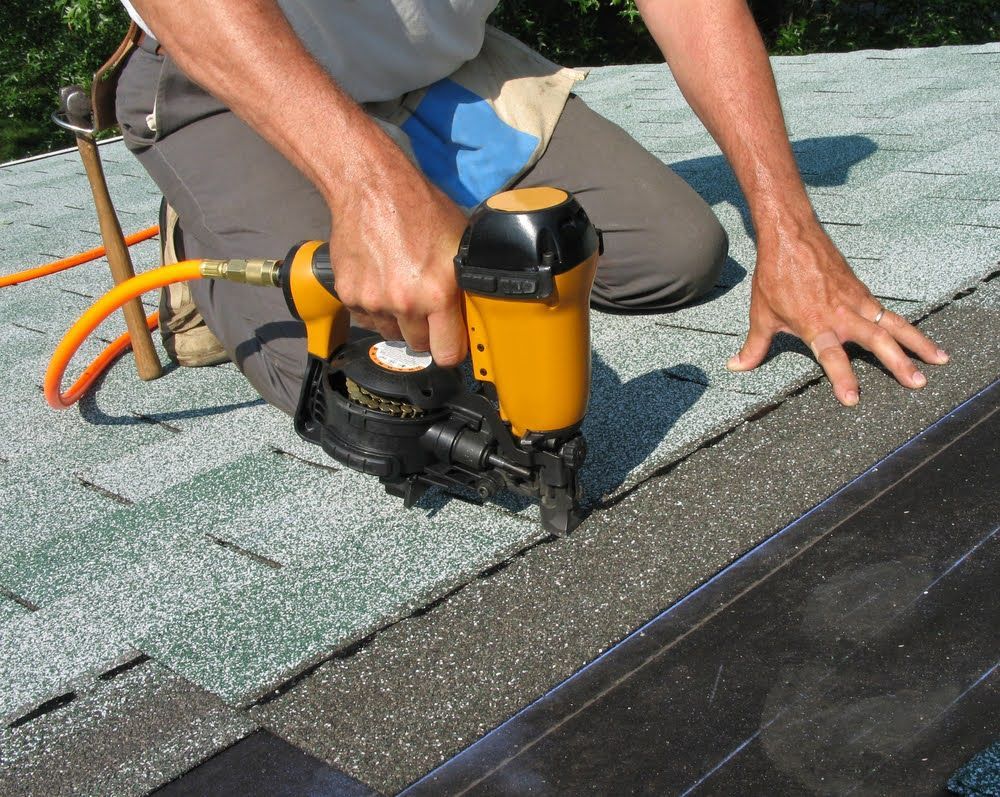Does a metal roof offer fire protection?
Metal roofs can offer some degree of fire protection due to their inherent characteristics, but it's important to understand their limitations and how they contribute to fire safety.
Advantages of Metal Roofs for Fire Protection:
1. Non-Combustible Material: Metal is non-combustible, meaning it doesn't catch fire or contribute to the spread of flames. This is in contrast to materials like wood shingles or asphalt shingles, which can ignite and fuel a fire.
2. Embers and Sparks: Metal roofs can be more resistant to ignition by embers and sparks that might be carried by wind during a wildfire. This is especially beneficial in areas prone to wildfires.
3. Heat Reflectivity: Metal roofs tend to reflect more heat away from the building, reducing the risk of heat-related ignition.
4. Low Flame Spread: In case a fire does start within the building, a metal roof can help limit the spread of flames due to its non-combustible nature.
5. Longevity: Metal roofs have a longer lifespan compared to many other roofing materials. This means they are less likely to deteriorate over time and become vulnerable to fire.
Limitations of Metal Roofs for Fire Protection:
1. Structural Vulnerability: While the metal itself doesn't burn, the underlying structure and materials (such as wooden framing) can still be susceptible to fire. A fire that starts within the building can compromise the structural integrity of the roof.
2. Thermal Conductivity: Metal is an excellent conductor of heat, and in a fire, it can quickly become extremely hot. This heat can be conducted to the interior of the building, potentially leading to the ignition of combustible materials inside.
3. Debris Accumulation: Debris like leaves, pine needles, and dust can accumulate on a metal roof. In a wildfire, these debris can ignite, potentially compromising the fire resistance of the roof.
4. Coating and Paint: Some metal roofs have coatings or paint that can burn or peel off in high temperatures, potentially exposing the underlying metal to heat and flames.
5. Installation Quality: The fire-resistant properties of a metal roof can also depend on proper installation and maintenance. Gaps, poor seals, or other installation issues can compromise the roof's effectiveness in preventing fire spread.
It's important to note that no roofing material is completely fireproof. While metal roofs can provide better fire protection compared to some other materials, fire safety involves a combination of factors including the building's construction, maintenance, landscaping, and local fire codes and regulations. If fire protection is a primary concern, you should also consider other fire-resistant measures such as using fire-rated materials, creating defensible zones around the building, and following recommended fire-safe practices.
